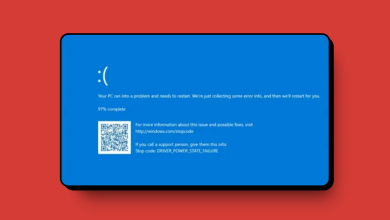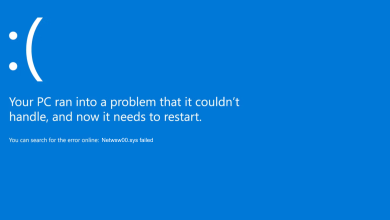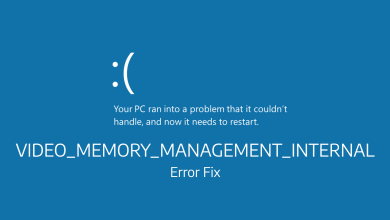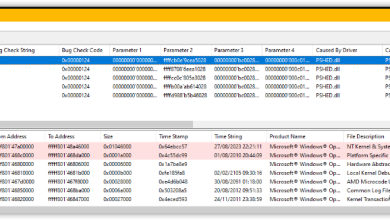[Fixed] ‘rdr_file_system 0x27’ BSOD after Windows 10 2004 Update
Microsoft frequently sends out updates to its Windows 10 operating system. It might be a nuisance for the users considering, they have to restart their PC’s and wait for the update to install. However, it’s a necessary step. These updates bring out new features, fix bugs, and also patch up security loops within the system. Normally, these updates go pretty smoothly. You won’t encounter any issues along the way but occasionally you do.
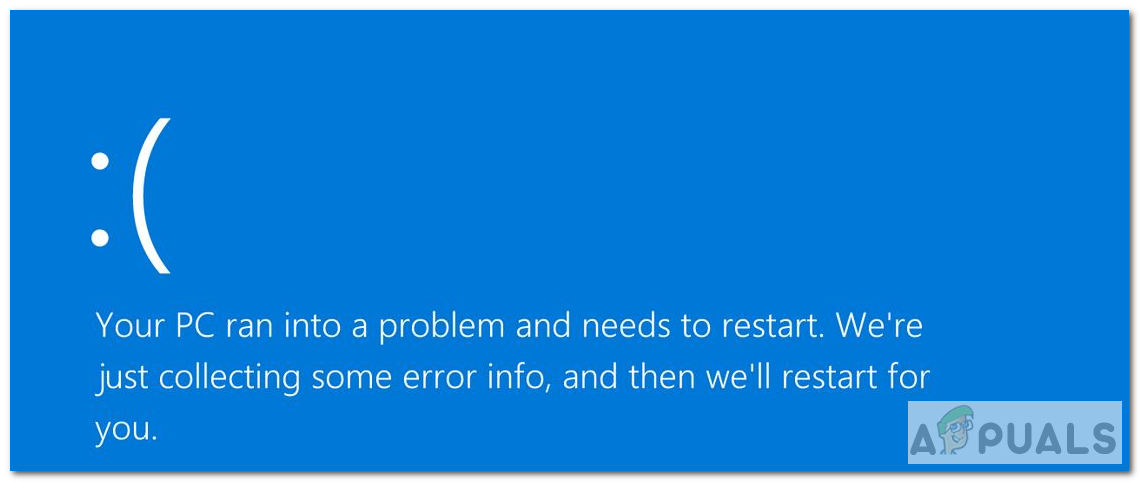
Recently, some users have reported experiencing Blue Screen of Death (BSOD) with error code ‘0x027’ after they have completed the ‘Windows 10 2004 build update’. This BSOD appears after the update when the user is logging into a domain profile while connected to the network. In general, BSOD’s result in a system crash and usually occur because of problematic drivers or some malfunctioning hardware.
Identifying the Cause
There can be a number of reasons which cause BSOD to occur. However, before checking out the possible solutions it’s always better to identify what exactly caused this BSOD. Whenever you encounter a BSOD, Windows creates a ‘dump'(minidump) file that contains information regarding the crash. You can view this information to exactly know what caused this particular BSOD. Follow the steps below to identify the issue:
- After a BSOD, your system restarts. This particular BSOD only occurs when logging into a domain profile. So you will be able to successfully login using a local account.
- After logging in, open File Explorer.
- Now open C: drive (drive containing Windows OS).
- Next, find the Windows folder and click it.
- Afterward, look for the Minidump folder and open it.

Minidump folder - Here you will see crash dump file (or files). Copy the recent one to desktop. If you are not seeing any files in this folder or then you probably need to let the crash happen again.

Dump Files - Now once you have the dump file you need to analyze it to know what caused the error to occur. You can check out this link from Microsoft support to help you read and analyze the dump files. You can also send us the files using the Appuals comment section and we will get back to you as soon as we can.
- Another Microsoft Support link to help you troubleshoot common error codes is given here.
If you are unsure about analyzing the dump files, you can look at some of the possible fixes below to help you get rid of this BSOD.
Method 1: Login With Wifi/Ethernet Turned Off
One of the ways to address the issue is to turn off your wifi/ethernet so that when you login to Windows, it stops itself from connecting to any online service.
- In this particular case, Blue Screen only occurs when logging into a user domain profile.
- So a possible workaround is to turn off the wifi and log in the domain account not connected to the network.
- When you successfully log in, reconnect the wifi.
- Now in the search bar type and open Control Panel.
- In the Control Panel search, type Sync Center and open it.

Search Sync Center - Now click Manage Offline FIles from the sidebar.
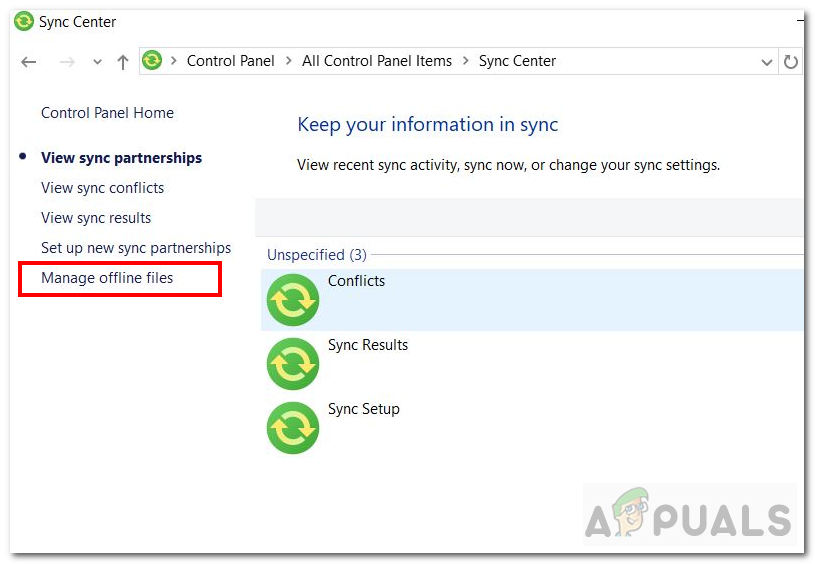
Sync Center Manage Offline Files - Press the Disable offline files button.
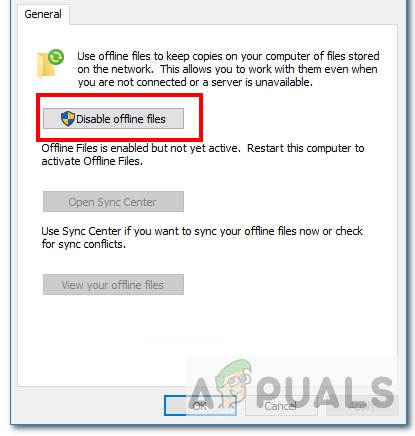
Disable Offline Sync - Now restart the system.
Method 2: Updating Windows
A very common method for solving such errors is by downloading and installing pending updates. Follow the instructions below to update your Windows to the latest version:
- Press the Windows button along with X.
- Now click the Search option.

Search - Type Update and click ‘Check For Updates‘.
- In the Update window, you will see Updates if you have any.

Install Updates - Install the update, restart, and try to reproduce the issue.
If there is no update or the issue persists, then move onto the next method.
Method 3: Update Hardware Drivers
Many BSOD are hardware related, so updating the drivers could potentially fix the cause of this fatal error. We won’t be going into the details of how you can update the drivers. You can follow this link if you want to know more about updating drivers.
If updating the drivers doesn’t resolve your issue then follow the solution below.
Method 4: Restore And Update BIOS
BIOS is the program used for hardware initialization during the booting process. Its core function is to test the connected hardware components and make sure no errors exist. If you have changed any of BIOS settings or haven’t updated it in a while then bugs and errors can arise.
Again we will not be going into detail about how you can update your BIOS because many articles are already present. Check out this article and follow the instructions to update your BIOS. If you have changed BIOS settings then we also advise you to restore it to default and reproduce the issue. If the issue isn’t resolved, then move onto the fix below.
Method 5: Clean Booting
If there is some external conflict with OS that we haven’t discovered so far then it’s better to do a clean boot. Clean Boot means your operating system will only start and run the necessary services and programs. Follow the steps below to do a clean boot:
- Press the Windows key along with R.
- In the window type msconfig and hit enter.

msconfig - Now go to the Services tab.
- Check the Hide all Microsoft Services option and also press Disable all button.
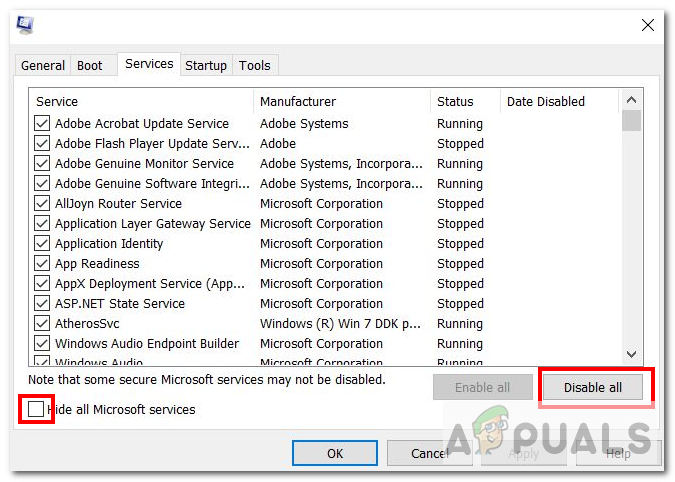
Check option Hide All Microsoft Services, click Disable All - Next, apply the changes and press Ok.
- Now restart your system. Your system will now start in clean boot mode.
Method 6: Do A System Restore
Windows System Restore tool enables you to go back to a previous registry, and driver configuration. This can help you resolve critical issues with Windows if you are facing any and you can go back to a safe state. Follow the steps below:
- Search and open Control Panel.
- Click System And Security.
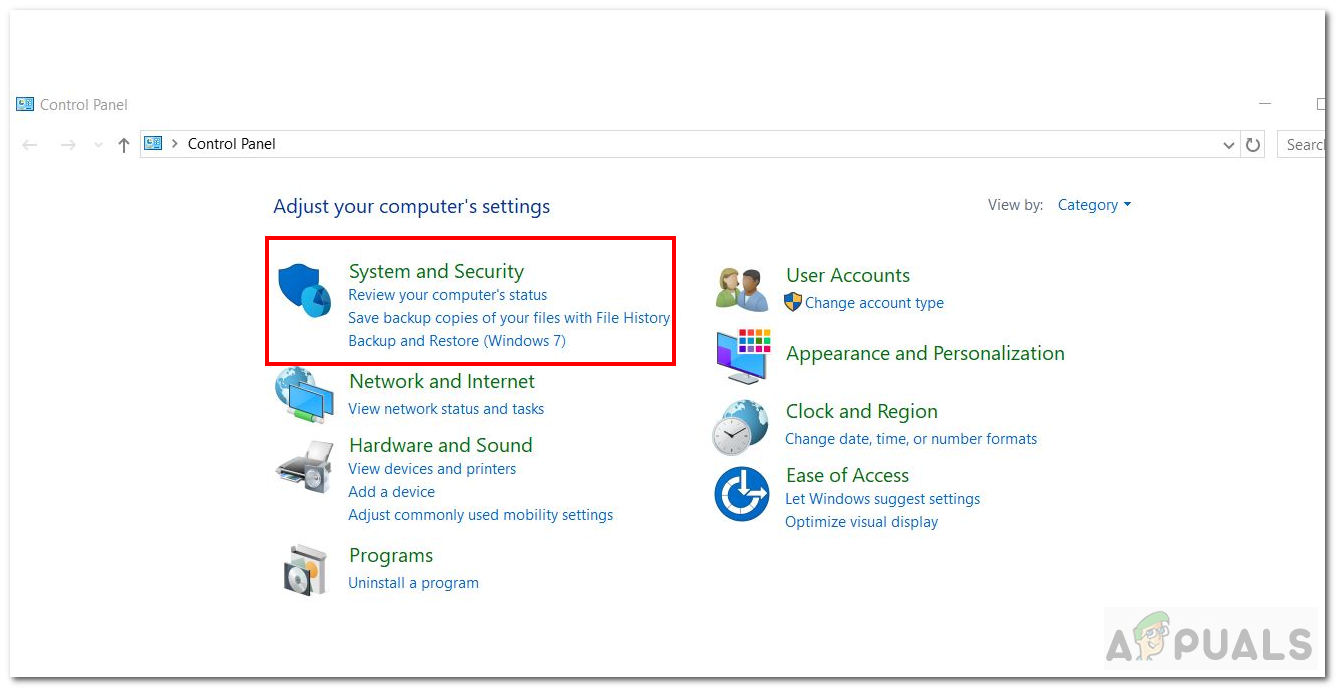
System and Security - Now open System and choose System Protection.

System Protection - Click System Restore from the System Protection tab.
- Now, follow the instructions to restore the system. Check Recommended Restore option when asked.
- After following the instructions, System Restore will revert Windows to the state it was prior to the update. The system will restart afterward.
- After logging in again you should see a window saying ‘System Restore Completed Successfully’.
Method 7: Undo Update
If you are unable to find any fix for the BSOD and it keeps reoccurring, then you could always temporarily roll back to the previous version until Microsoft resolves the issue. Follow the steps below to go back to the previous version:
- Open Search bar.
- Type Update and open Windows Update Settings.
- From the sidebar, choose Windows Update.

Windows Update - Scroll and choose option View Update History.
- From here you can see the past Windows updates which you installed.
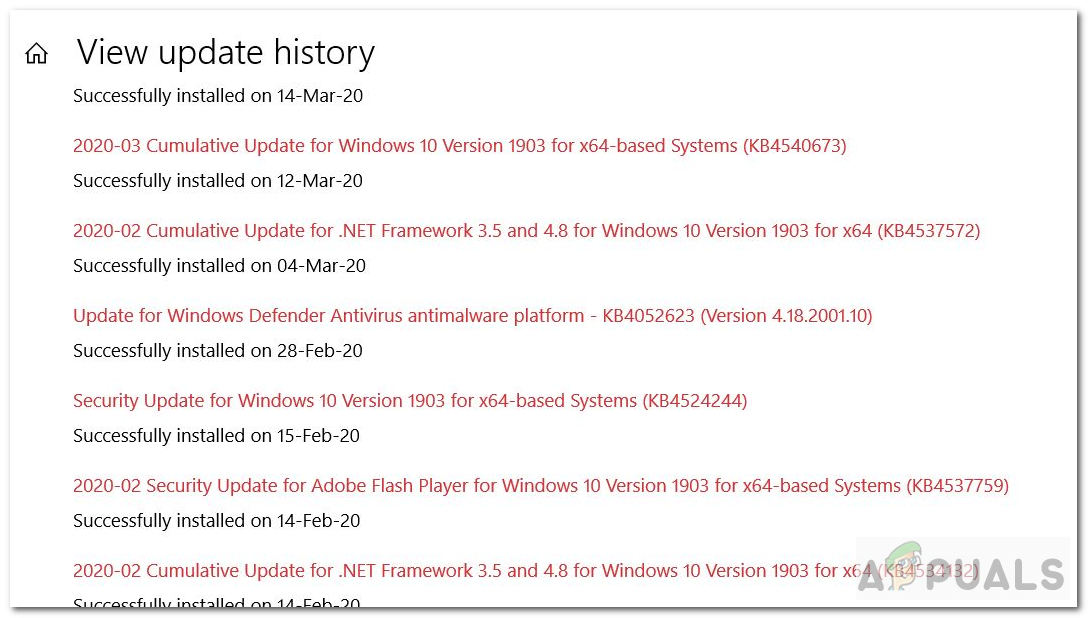
Update History - Right-click the update you want to undo, and then select Uninstall. You can also click a particular Update to know more about it and see the possible errors which occur due to that particular update.
- Follow the directions to undo the update.
Check out this link for more info on reverting updates.
Note: Minor updates cannot be undone.
If all these solutions don’t work and you are still stuck with the Blue Screen of Death, then contacting Microsoft Support is the way to go. Click here to contact support. You can also try stopping you Antivirus Softwares and see if it works.
